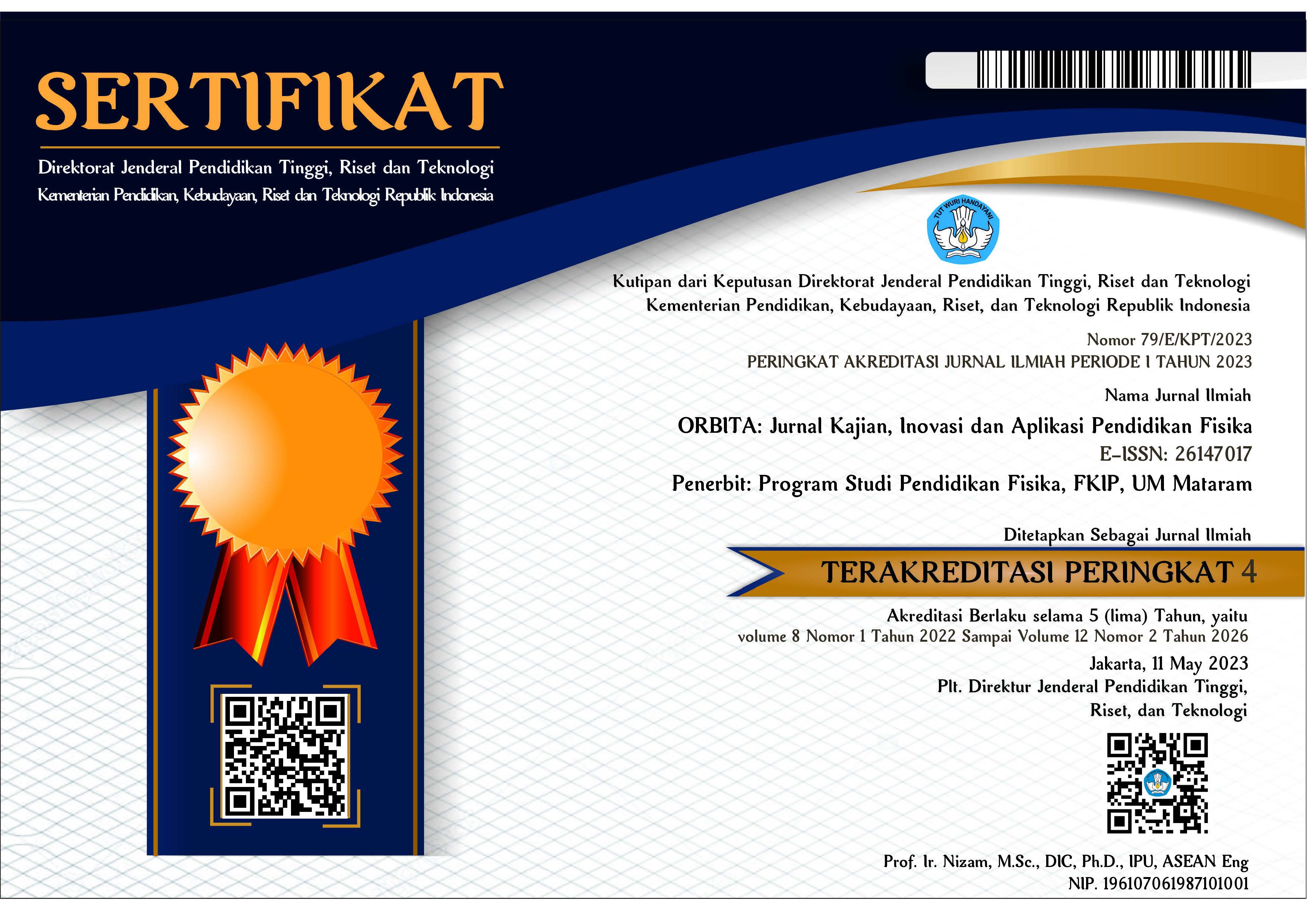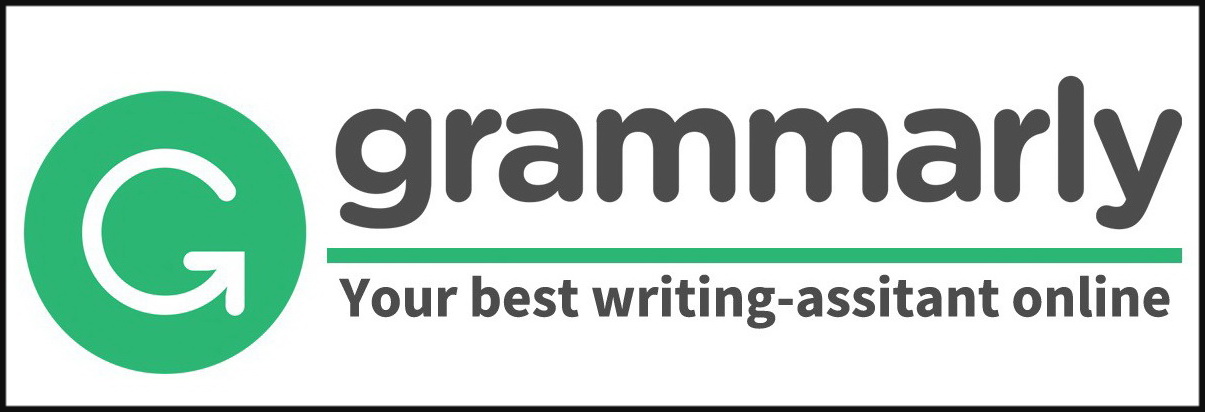PERBANDINGAN HASIL BELAJAR KOGNITIF SISWA MENGGUNAKAN STRATEGI STRATEGI THE LEARNING CELL DAN ACTIVE KNOWLEDGE SHARING
Abstract
ABSTRAK
Penelitian ini bertujuan mendeskripsikan pengaruh implementasi strategi The Learning Cell (TLC) dan Active Knowledge Sharing (AKS) terhadap hasil belajar kognitif peserta didik. Penelitian ini merupakan true experimental bentuk postest-only control design. Populasi penelitian terdiri dari tiga kelas VIII SMP Unismuh Makassar. Pengambilan sampel menggunakan simple random sampling, sehingga diperoleh sampel kelas VIIIA dan VIIIB2. Kelas VIIIA menggunakan strategi The Learning Cell (TLC) dan kelas VIIIB2 menggunakan Strategi Active Knowledge Sharing (AKS). Instrumen penelitian yang digunakan adalah Tes Hasil Belajar Kognitif (THBK) dalam bentuk tes pilihan ganda yang terdiri dari level pengetahuan (C1), pemahaman (C2), penerapan (C3), analisis (C4), sintesis (C5), dan evaluasi (C6). Analisis data menggunakan statistik deskriptif dan inferensial untuk menguji hipotesis yang diajukan. Hasil penelitian yang diperoleh adalah skor maksimum hasil belajar kognitif pada kelas eksperimen 1 (TLC) dan eksperimen 2 (AKS) sama yaitu 20. Skor rerata hasil belajar kognitif pada TLC yaitu 15,77 sdan skor rerata hasil belajar kognitif pada kelas AKS yaitu 16. Dari hasil uji normalitas, ditemukan data terdistribusi normal. Adapun perolehan pada uji homogenitas yaitu data memiliki varian yang sama. Pada pengujian hipotesis diperoleh nilai FhitungFtabel. Sehingga Ho diterima. Hasil penelitian ini menunjukkan bahwa tidak terdapat pengaruh yang signifikan antara strategi pembelajaran TLC dan AKS yang terhadap hasil belajar kognitif peserta didik.
Kata kunci: active knowledge sharing; hasil belajar kognitif; The learning cell.
ABSTRACT
This study aims to describe the effect of implementing The Learning Cell (TLC) and Active Knowledge Sharing (AKS) strategies on students' cognitive learning outcomes. This research is a true experimental form of posttest-only control design. The study population consisted of three class VIII SMP Unismuh Makassar. Sampling using simple random sampling, in order to obtain class VIIIA and VIIIB2 samples. Class VIIIA is taught using the Learning Cell (TLC) strategy and class VIIIB2 is taught using the Active Knowledge Sharing (AKS) strategy. The research instrument used was the Cognitive Learning Outcomes Test (THBK) which consisted of levels of knowledge (C1), understanding (C2), application (C3), analysis (C4), synthesis (C5), and evaluation (C6). Data analysis uses descriptive and inferential statistics to test the proposed hypothesis. The research results obtained were the mean score of cognitive learning outcomes in experimental class 1 (TLC) which was 15.77 and the mean score of cognitive learning outcomes in experimental class 2 (AKS) namely 16. From the results of the normality test, it was found that the data were normally distributed. The gain of the homogeneity test is that the data has the same variance. In testing the hypothesis, the value of FcountFtable is obtained. So Ho is rejected. The results of this study indicate that there is no significant influence between the implemented TLC and AKS learning strategies on students' cognitive learning outcomes.
Keywords: active knowledge sharing; cognitive learning outcomes; the learning cells.
Keywords
Full Text:
PDFReferences
Adduri, K. A. M., Tayeb, T., & Ikbal, M. S. (2017). Penggunaan Metode Learning Cell Berbasis Group Investigation Terhadap Kemampuan Numerik Dan Hasil Belajar. Jurnal Pendidkan Fisika, V(1), 25–31.
Amir, S., & Marisda, D. H. (2021). Effectiveness of Guided Inquiry Learning Models Viewed From Physics Learning Achievements. Berkala Ilmiah Pendidikan Fisika, 9(2), 135. Retrieved from https://doi.org/10.20527/bipf.v9i2.8630
Azis, T. N. (2019). Strategi Pembelajaran Era Digital. Annual Conference on Islamic Education and Social Sains (ACIEDSS 2019), 1(2), 308–318.
Emda, A. (2017). KEDUDUKAN MOTIVASI BELAJAR SISWA DALAM PEMBELAJARAN Amna. Lantanida Journal, 5(2).
Haerullah, H., & Elihami, E. (2020). Dimensi Perkembangan Pendidikan Formal Dan Non Formal. Dimensi Perkembangan Pendidikan Formal Dan Non Formal, 1(1), 190–207.
Hafidz, A. A. (2019). Pengaruh Jenis Kelamin Terhadap Hasil Belajar Matematika Siswa. Buana Matematika : Jurnal Ilmiah Matematika Dan Pendidikan Matematika, 9(2:), 69–72. Retrieved from https://doi.org/10.36456/buanamatematika.v9i2:.2118
Ismayanti, I., Arsyad, M., & Marisda, D. H. (2020). PENERAPAN STRATEGI REFLEKSI PADA AKHIR PEMBELAJARAN UNTUK MENINGKATKAN KETERAMPILAN BERPIKIR KREATIF PESERTA DIDIK PADA MATERI FLUIDA. Karst : Jurnal Pendidikan Fisika Dan Terapannya, 3(1), 27–31. Retrieved from http://ejournals.umma.ac.id/index.php/karts/article/view/573/399
Kadir, H. D., Arsyad, M., & Marisda, D. H. (2020). Implementation of Problem Solving Methods in Elasticity Course. Jurnal Pendidikan Fisika, 8(3), 279–285. Retrieved from https://doi.org/10.26618/jpf.v8i3.3803
Kusumayani, N. W. N. (2017). Penerapan Strategi Pembelajaran Learning Cell Untuk Meningkatkan Hasil Belajar Ipa. Journal of Education Action Research, 1(3), 251. Retrieved from https://doi.org/10.23887/jear.v1i3.12689
Laksana, A. D. S., Prihatin, J., & Novenda, I. L. (2019). The Development of Collaborative Learning Talking Chips Based On Brain-Based Learning (BBL) for The Junior High School Science in The Agroecosystem Area. Pancaran Pendidikan, 7(4), 82–91. Retrieved from https://doi.org/10.25037/pancaran.v7i4.210
Lathifatus, S. (2019). Dosen Fakultas Agama Islam Unisda Lamongan 1. Sinergi Peran Guru Dan Orang Tua Dalam Pembelajaran Saat Pandemi Covid, 2(November), 1–16.
Meiningsih, S. (2021). Rolling Ball - Learning Cell dalam Pembelajaran untuk Meningkatkan Keterampilan Menulis Bahasa Inggris Siswa. Jurnal Paedagogy, 8(2), 190. Retrieved from https://doi.org/10.33394/jp.v8i2.3511
Nasution, S. W. R. (2018). Penerapan Model Inkuiri Terbimbing (Guided Inquiry) dalam Meningkatkan Kemampuan Berpikir Kritis pada Pembelajaran Fisika. Jurnal Education and Development Institut Pendidikan Tapanuli Selatan, 3(1), 1–5.
Ni’mah, F. (2017). Penerapan Strategi Pembelajaran Active Knowledge Sharing Disertai Media Video Untuk Meningkatkan Keaktifan Belajar IPA Siswa Kelas VII. Jurnal Profesi Keguruan, 3(1), 43–59.
Ningsih, S. Y., & Gustimalasari, G. (2018). Penggunaan Strategi Pembelajaran Aktif Everyone Is a Teacher Here (Eth) Terhadap Kemampuan Pemahaman Konsep Matematika Siswa Kelas Vii. MES: Journal of Mathematics Education and Science, 4(1), 95–100. Retrieved from https://doi.org/10.30743/mes.v4i1.876
Non Erna Sri Utami, D. A. Y. (2020). Hubungan Gender Terhadap Prestasi Belajar Siswa. Seminar Nasional Pendidikan, FKIP UNMA, 2(Smyth 2015), 144–149. Retrieved from https://prosiding.unma.ac.id/index.php/semnasfkip/article/view/314
Permanasari, L., & Pradana, K. C. (2021). Model Pembelajaran Active Knowledge Sharing Terhadap Hasil Belajar Matematika Siswa Smp the Influence of Active Knowledge Sharing Learning Model on Mathematics Learning Outcomes of Junior. Ensiklopedia: Jurnal Pendidikan Dan Inovasi Pembelajaran Saburai, 01(01), 1–7.
Pratiwi, M. I., & Hasibuan, I. M. (2016). Pengaruh Penerapan Strategi Pembelajaran Aktif Tipe the Learning Cell Terhadap Kemampuan Pemecahan Masalah Matematika Siswa Smk Dwi Sejahtera Pekanbaru. Suska Journal of Mathematics Education, 2(2), 77. Retrieved from https://doi.org/10.24014/sjme.v2i2.1404
Putri, S. D., & Djamas, D. (2017). Pengembangan Perangkat Pembelajaran Fisika Berbasis Keterampilan Berpikir Kritis dalam Problem-Based Learning. Jurnal Ilmiah Pendidikan Fisika Al-Biruni, 06(1), 125–135. Retrieved from https://doi.org/10.24042/jpifalbiruni.v6i1.648
Qurnia Sari, A., Sukestiyarno, Y., & Agoestanto, A. (2017). Batasan Prasyarat Uji Normalitas dan Uji Homogenitas pada Model Regresi Linear. Unnes Journal of Mathematics, 6(2), 168–177. Retrieved from http://journal.unnes.ac.id/sju/index.php/ujm
Ramadhan, R., Solehudin, A., & Sabri, S. (2019). Pengaruh Metode Pembelajaran Tutor Sebaya Terhadap Hasil Belajar Siswa Pada Mata Pelajaran Teknologi Mekanik Di Smk. Journal of Mechanical Engineering Education, 5(2), 242. Retrieved from https://doi.org/10.17509/jmee.v5i2.15194
Ramadina, A., & Rosdiana, L. (2021). Keterampilan Komunikasi Siswa Setelah Diterapkan Strategi Active Knowledge Sharing Ketika Pembelajaran Daring. Pensa E-Jurnal : Pendidikan Sains, 9(2), 247–251.
Rambulangi, E., & Lullulangi, M. (2021). Peningkatan Hasil Belajar Pokok Bahasan Pencemaran Lingkungan Mata Pelajaran IPA Dengan Metode The Learning Cell Siswa Kelas VII D SMP Negeri 1 Balla …. Seminar Nasional LP2M UNM. Retrieved from https://ojs.unm.ac.id/semnaslemlit/article/view/25271
Sopinal, R. (2018). Peningkatan Hasil Belajar Matematika Siswa Smk Melalui Strategi Pembelajaran Active Knowledge Sharing. Jurnal Pendidikan Tambusai, 2(1), 98. Retrieved from https://doi.org/10.31004/jpt.v2i1.598
Syaparuddin, S. (2020). Peranan Pendidikan Nonformal Dan Sarana Pendidikan Moral. Jurnal Edukasi Nonformal, 1(1), 173–186.
Tasya Nabillah, & Abadi, A. P. (2019). Faktor Penyebab Rendahnya Hasil Belajar Siswa. Sesiomedika, 659–663.
Tati, Suhartono, & Najah, T. S. (2015). THE IMPLEMENTATION OF ACTIVE LEARNING STRATEGY OF THE LEARNING CELL ON THE SUBJECT OF SOUNDS. EduSains, 3(1).
Yamin, M. (2018). PENERAPAN STRATEGI PEMBELAJARAN ACTIVE KNOWLEDGE SHARING UNTUK MENINGKATKAN KETERAMPILAN BERKOMUNIKASI DAN HASIL BELAJAR IPA SISWA KELAS VIII SMP NEGERI 2 BATUKLIANG TAHUN. JISIP, 2(3), 107–117. Retrieved from http://link.springer.com/10.1007/978-3-319-76887-8%0Ahttp://link.springer.com/10.1007/978-3-319-93594-2%0Ahttp://dx.doi.org/10.1016/B978-0-12-409517-5.00007-3%0Ahttp://dx.doi.org/10.1016/j.jff.2015.06.018%0Ahttp://dx.doi.org/10.1038/s41559-019-0877-3%0Aht
DOI: https://doi.org/10.31764/orbita.v9i1.13706
Refbacks
- There are currently no refbacks.

This work is licensed under a Creative Commons Attribution-ShareAlike 4.0 International License.
______________________________________________________
ORBITA: Jurnal Pendidikan dan Ilmu Fisika
p-ISSN 2460-9587 || e-ISSN 2614-7017
This work is licensed under a Creative Commons Attribution-ShareAlike 4.0 International License.
EDITORIAL OFFICE:




























